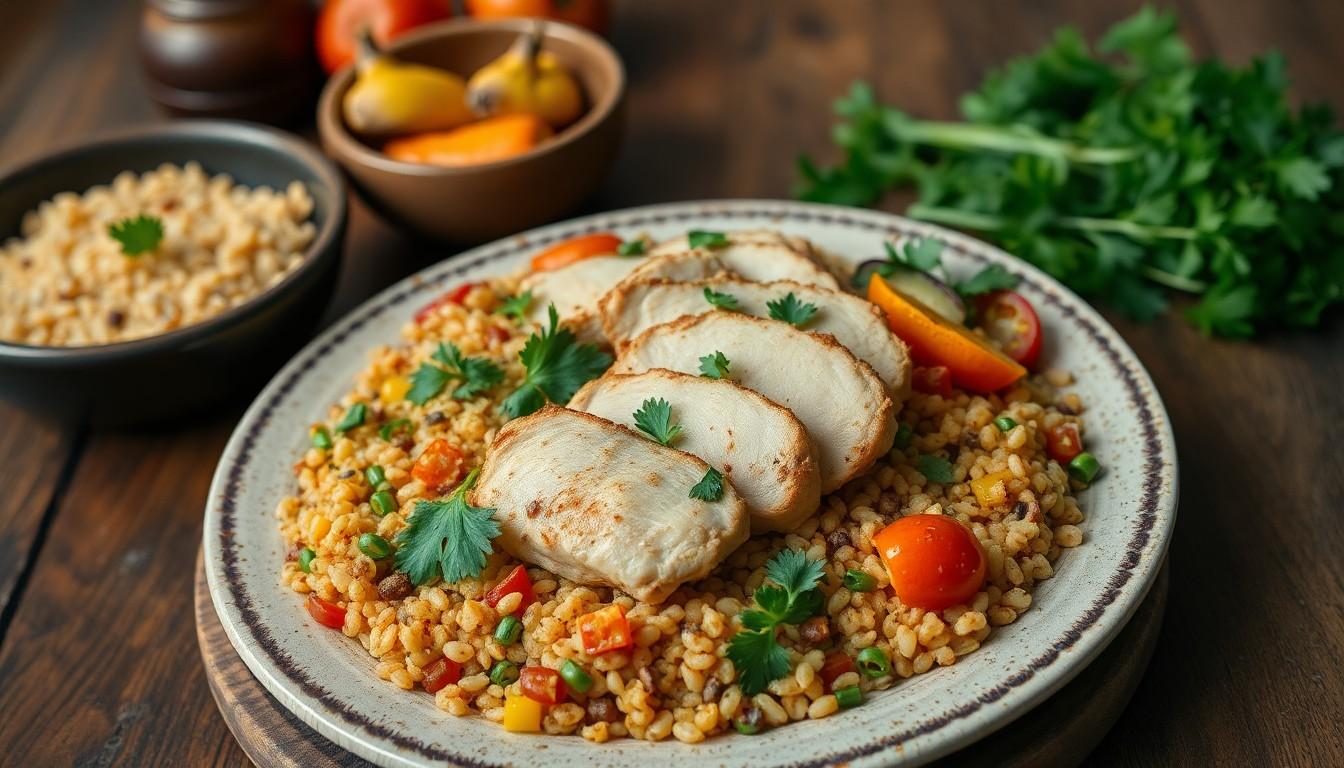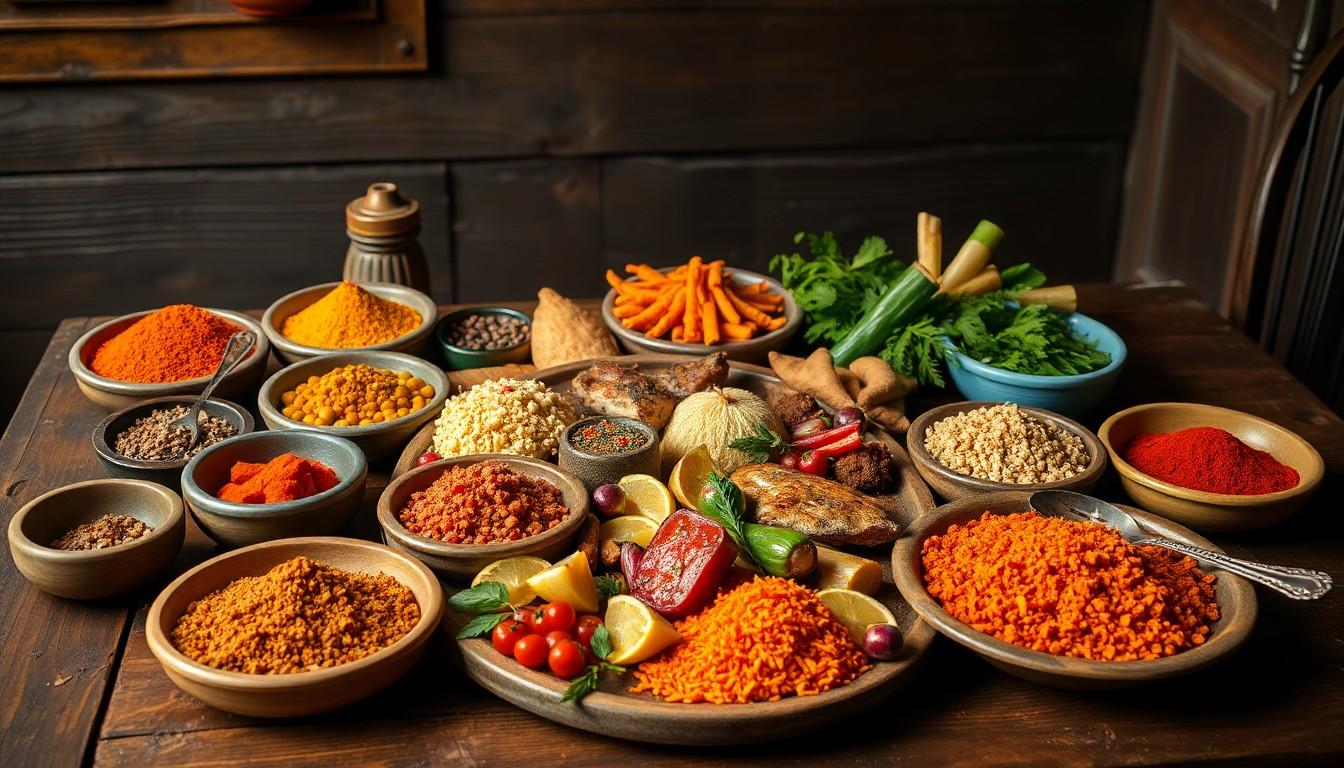
Maheür: The Controversial Dish That Will Challenge Your Taste Buds
In a world filled with culinary delights, few dishes have the power to spark debate quite like maheür. This unique delicacy, often described as an acquired taste, has its fans singing its praises while leaving others scratching their heads in confusion. What makes maheür so special? Is it the intriguing blend of flavors or the cultural stories that come along with each bite?
What Is Maheür?
Maheür is a traditional dish that hails from specific regional cuisines, known for its complex preparation and distinctive taste. This dish often combines various ingredients, featuring rich flavors that can intrigue or perplex those who experience it. Unique spices and cooking techniques contribute to the extraordinary flavor profile, making maheür stand out in culinary discussions.
Cultural narratives associated with maheür add depth to its significance. Many people connect it with family heritage and regional pride, which enhances appreciation among those who enjoy it. The preparation methods may vary, but the essence of maheür remains consistent, resonating with numerous food enthusiasts.
Plenty of people in different communities express strong opinions about maheür. Some argue that its taste captures the soul of their culture, while others may find the flavors challenging. Personal experiences often shape these views, making maheür a topic of debate and interest.
Curiosity often arises around the dish, prompting individuals to seek recipes and learn about its origins. Recipes for maheür typically showcase regional ingredients, which can change based on local availability. The complexity of these recipes reflects the rich tapestry of culinary practices found within the culture.
Ultimately, maheür evokes a myriad of emotions and responses. Strong connections to tradition and taste anchor its importance, making it a cherished part of the culinary landscape in regions where it’s celebrated. Understanding the dish’s background unlocks deeper appreciation for its role in food culture.
History of Maheür

Maheür boasts a rich history rooted in specific regional cuisines. Historical accounts reveal its evolution through various cultural influences, reflecting the adaptation of local ingredients and traditions.
Origins and Cultural Significance
Origins trace back to [specific regions or cultures], where maheür emerged as a culinary staple. This dish carries profound cultural significance, often symbolizing communal gatherings and family heritage. Unique spices and preparation techniques highlight regional identity, fostering pride among communities. Culinary historians note its role in celebrations, marking important festivals and traditions. By connecting people through shared recipes, maheür transcends mere food, embodying a heritage that resonates across generations.
Traditional Uses
Traditional uses of maheür extend beyond mere consumption. Families often prepare it during special occasions, reinforcing bonds during meals. Diverse ingredients play a crucial role, varying with local resources and seasonal availability. It serves as comfort food, a reminder of home for many who grew up enjoying its flavors. Chefs incorporate maheür into contemporary menus, showcasing its versatility in modern dining. This adaptability illustrates respect for tradition while allowing creativity to shine. Thus, maheür remains relevant, cherished by both young and old alike, continuing to unite them over shared culinary experiences.
Preparation and Ingredients
Maheür relies on a blend of unique ingredients and specialized cooking techniques that define its flavor. Every region may have slight variations, but certain key components stand out.
Key Components of Maheür
Common ingredients include grains such as rice or millet, which form the dish’s base. Spices like cumin and coriander enhance its aromatic profile. Protein sources, often chicken or lamb, add richness, while vegetables such as bell peppers or onions provide texture and depth. Fresh herbs like parsley and cilantro brighten the dish, offering a vibrant finish. Each ingredient plays a significant role in balancing flavors and creating that memorable taste.
Cooking Methods
Cooking methods for maheür vary but typically emphasize slow cooking to develop flavors. Chefs often use pot cooking, allowing all ingredients to meld together. A steaming technique, popular in some regions, ensures moisture retention while enhancing the dish’s aroma. Some chefs prefer an oven-baked approach, creating a crust that adds a contrasting texture. Stir-frying at the start intensifies the flavors of spices and vegetables, adding layers of complexity. These methods highlight maheür’s versatility and emphasize its cultural significance.
Health Benefits of Maheür
Maheür offers various health benefits due to its unique ingredients and preparation methods.
Nutritional Value
Maheür contains essential nutrients that contribute to a balanced diet. Grains like rice or millet provide complex carbohydrates, aiding in sustained energy release. Protein sources such as chicken or lamb support muscle development and immune function. Fresh vegetables and herbs add vitamins, minerals, and antioxidants, promoting overall health. Spices like cumin and coriander contribute not only flavor but also anti-inflammatory properties. Each serving of maheür delivers a wide array of nutrients that support digestive health and heart wellness.
Potential Health Risks
Certain individuals may experience health risks associated with maheür consumption. High sodium levels in some recipes could lead to increased blood pressure. Those with food allergies must be cautious, as ingredients may vary widely. Overeating, particularly in rich variations, may contribute to digestive discomfort. Additionally, improper food handling or preparation practices can pose food safety concerns. Awareness of these risks ensures a safe and enjoyable dining experience with this traditional dish.
Popular Variants of Maheür
Maheür exists in numerous forms across different cultures, showcasing its adaptability and regional uniqueness.
Regional Differences
Culinary variations in maheür emerge from regional influences. Specific areas may use local ingredients that enhance the dish’s flavor. For instance, the version from the Mediterranean region often incorporates fresh seafood, while versions in the Middle East rely heavily on spices like saffron and sumac. These regional adaptations create distinct flavor profiles. Furthermore, cooking techniques can differ significantly; some cultures favor slow-cooked stews, while others utilize quick sauté methods. Such factors contribute to diverse interpretations of maheür that resonate with local traditions and preferences.
Unique Recipes
Unique recipes elevate maheür beyond a simple dish. Recipes may include ingredients that reflect local culinary practices. For example, a popular recipe includes saffron-infused rice topped with marinated lamb, fresh herbs, and nuts. Another version might feature a vegetarian take with sautéed seasonal vegetables and lentils. Each recipe highlights different tastes and textures. Chefs often experiment with variations, adding their spin while incorporating traditional elements. These unique recipes showcase the dish’s versatility and allow it to evolve within various culinary landscapes.
Conclusion
Maheür stands out as more than just a dish; it embodies rich cultural narratives and communal ties. Its unique blend of flavors and preparation methods captures the hearts of many, sparking both admiration and debate. As chefs continue to innovate with this traditional staple, maheür evolves while staying true to its roots.
With its nutritional benefits and comforting qualities, it remains a cherished part of culinary heritage. Whether enjoyed at family gatherings or featured in contemporary menus, maheür invites everyone to explore its depth and significance. This dish not only nourishes the body but also connects people through shared culinary experiences.



